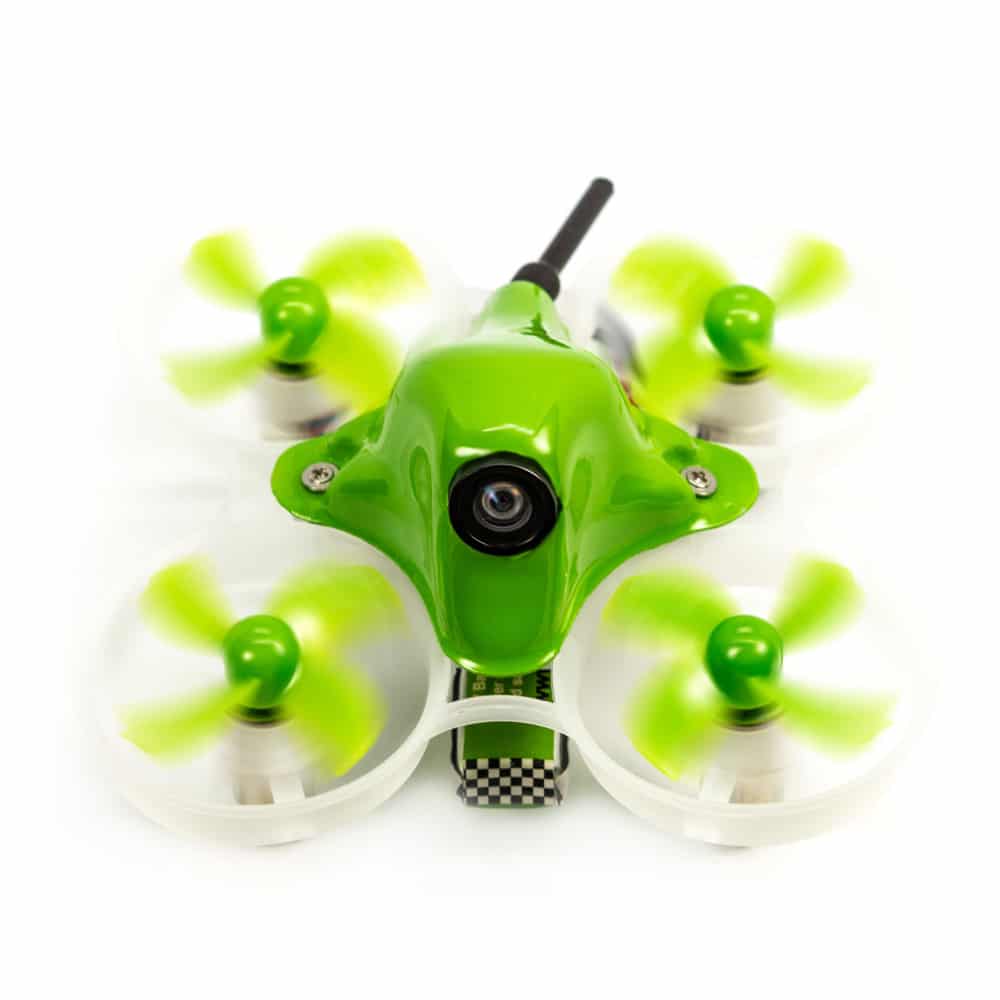

Nevertheless, I activated all of the drone’s features through drop-down menu items in the goggles. The app is still in beta and wasn’t available for testing with the FPV drone.

It's cleaner and more pared down for a superior user experience. The FPV drone will also operate on DJI’s Fly app, introduced in 2019 for the Mavic Mini. FPV mode through the goggles is very smooth, thanks to OcuSync 3.0 transmission. The latter option allows others wearing V2 goggles to join in and view your real-time feed.ĤK/60p footage with the camera facing upward. It boasts a 10 km (6.2 mile) range, dual-frequencies, a 50 Mbps bitrate, and three options for first-person-viewing – a Low-latency HD mode for near-real-time feed and clear image, Smooth mode for higher frame rates and decreased latency, and Audience mode. Still, I typically put the battery in the pocket of a coat I was wearing as an extra measure to ensure the battery didn’t get disconnected.ĭJI’s FPV drone features a new OcuSync 3.0 transmission system. Lasting an estimated 110 minutes between charges, it’s light enough that it can hang down by your side while in operation. The goggles, which are 202x126x110mm with all four antennas attached, activate with the help of an 1800 mAh 9V battery that’s connected by a USB-C power cable. As usual, DJI offers an additional 'Fly More' combo that includes two extra batteries and a 3-battery charging hub for $299. I tested the DJI Standard FPV Combo ($1,299), which includes the drone, FPV Goggles V2, and the remote controller 2. Live digital video feed at 810/120p, low-latency

Return To Home, Emergency Brake and Hover

Requires in-depth knowledge of parts, radio frequencies, ESCs, motors, assembly, solderingĪlready assembled and ready to fly right out of the box Here is a basic comparison chart to get an idea of the difference between a traditional FPV drone and what DJI offers.Ĥ stereoscopic sensors + an auxiliary lightīuilt-in 4K/60p with 150º FOV and RockSteady EIS (Courtesy of Nick Smith at Beeline Multimedia) Memory card holder in goggles in case drone is lost.OcuSync 3.0 (O3) transmission system for 10km range, dual frequencies, 50 Mbps bitrate.Obstacle avoidance sensors on front and bottom of aircraft.Ability to capture photo and video on the same flight.Key Specs | Hardware | Photos & Video | In flight | Conclusion We had the opportunity to test DJI's new FPV drone, so read on to discover if this is your ideal introduction to the world of FPV. Is this a product that will appeal to a broader audience, especially beginners? Or, are there downsides that would make some users look at more traditional drone models?
#Fpv racing drone series
As an added bonus, the system is equipped with GPS, obstacle avoidance sensors, and a Return To Home feature – ensuring that beginners will be less likely to crash or lose their drone.ĭJI tells us it set out to create a cinematic FPV drone and combined elements of its Mavic series with the features and functionalities of traditional FPV drones. Some people who delight in these challenges will always enjoy the process of building, but DJI is betting many more people will want to cross over to FPV with an intuitive solution, and its FPV drone is ready to fly right out of the box for $1299.
#Fpv racing drone how to
Soldering, understanding how to configure an RC controller specifically for a drone, learning how frequencies work, and installing the right motors are just a few disciplines a would-be FPV pilot must undertake to create a safe and effective FPV flight system. Typically, remote pilots interested in the type of immersive flight experience FPV drones provide, including the ability to maneuver through tight spaces and in close proximity to objects, all while performing aerobatics such as flips and rolls, had to also master an entirely different set of skills. DJI has officially entered the FPV (first-person-view) drone market.


 0 kommentar(er)
0 kommentar(er)
